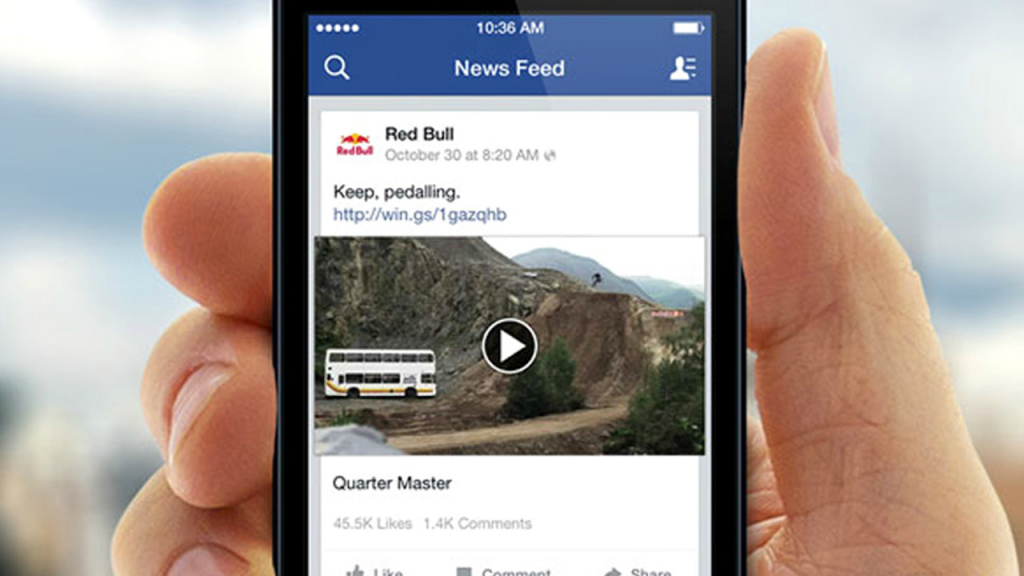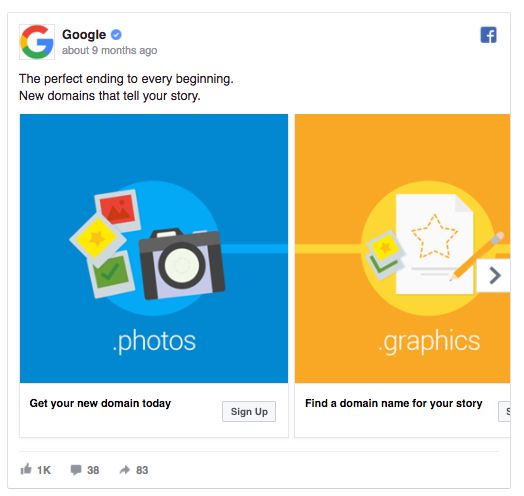
Cost-per-click (CPC) advertising has become a popular way to promote websites, since they work well for both publishers and advertisers. Publishers earn money for directing potential customers to the ads. Advertisers use this traffic to make sales. Google AdSense sells cost per click ads through advertising programs. This makes your site available to thousands of publishers and advertisers. This type advertising isn’t right for every website. You should first know who your audience is before placing ads on their website.
Contextual ads
Contextual ads on web pages are a type online advertising that displays on websites in line with the content. Your website may display real estate-related ads if it contains real estate agents. Depending upon the keyword phrase that you use in your advertisement, it may appear on either your website or other sites that your audience visits. If you do not want to use Google's ad service, you can try Yahoo Publisher.

Interstitial ads
The most effective way to improve the performance of interstitial ads on your website is to reduce their size and frequency. They can distract users from the experience and are often too distracting. Interstitials can also slow down page load time. This can be counterproductive. Depending on context, small ads should appear on pages a few seconds prior to the page break.
Rich media ads
When you think of marketing, one of the first things that come to mind is how to catch the attention of the audience. Rich media ads can be a great way to do this. They enhance the user's experience and encourage retention. Visual advertising is a great way to attract people. They make information easier to digest. Rich media advertisements have a higher click-through percentage than other types.
Cost-per-mille
Cost-per-mille, or CPM, is an advertising metric used to measure the efficiency of a marketing budget. It refers to the price an advertiser pays for every 1000 impressions. It is applicable to display ads on websites. Mobile devices are seen more than desktops. The cost of ads on websites can vary depending on their niche and viewers' geographical locations.

Cost-per-action
Advertisers can pay for specific actions on their websites using the cost-per-action (CPA), method of advertising. This model is advantageous because it allows marketers to set a budget and spend it in a way that maximizes their return on investment. This is sometimes called "recommendation-model" advertising. This allows advertisers to charge per action (e.g. clicking on an advertisement or submitting their details), which they consider a conversion. This model allows marketing teams to manage costs and maximize their return on investment.
FAQ
What are your thoughts on television advertising?
Television advertising can reach a lot of people quickly and is very effective. It was also very expensive. It can still be very powerful if used correctly.
Although there are many kinds of TV ads to choose from, all share the same characteristics. You must ensure your TV ad fits within the category it is being placed. Don't confuse a lifestyle ad with a product advertisement if you are running a commercial. Your message should be consistent across the entire campaign.
Remember that prime-time is the best time for your ads to be aired. This is because TV viewers often relax while in front of the screen. You want them to be able focus on your words and not get distracted by the TV.
You don't have to be rich to achieve great results. In fact, the opposite may be true. According to University of California research, commercials airing during popular shows are less likely to be seen and sell more products than those which air during unpopular shows. If you spend a lot of money advertising on TV, make sure it's done right.
What are the basics of internet advertising?
Internet advertising is a key part of any business strategy. It allows companies reach potential customers at a very low cost. There are many options for internet advertising. Some are free while others may require payment.
There are many other ways to advertise online. Each method has its pros and cons.
What are the basics of print advertising?
Print advertising can be a powerful medium for communicating with customers. Print advertising is used by many companies to promote their products and services. It is designed to attract the attention of the customer.
Print ads are usually short (one page) and contain text, pictures, logos, and other graphics. They can also include sound and animation as well video and hyperlinks.
These are the main types of print ads:
1. Brochures: These large-format printed pieces are meant to draw customers into stores. They are often filled with colorful images and catchy designs.
2. Catalogues – These are smaller versions to brochures. They are sent to customers who have requested specific information.
3. Flyers – These are small pieces made of paper that are distributed at events, such as fairs or concerts. They can be given at retail outlets but must be paid for.
4. Flyers are also available in posters. These flyers can be displayed on buildings, fences and walls. They are usually created using computer software programs designed to catch passersby's attention.
5. Direct mail - This refers to letters or postcards mailed directly to potential customers. These are sent out by companies to remind customers about their business.
6. Newspaper Ads - These are placed in newspapers and magazines. These are typically quite long and often contain text as well images.
Why use social media for advertising your business?
Social Media Marketing (SMM) allows you to reach customers where they are - on social networks such as Facebook, Twitter, LinkedIn, YouTube, Google+, etc. You can also target specific segments within these networks with keywords.
This advertising method is much more affordable than traditional marketing methods because it costs less to market online. This allows you to establish strong relationships with current and future clients.
It is easy to use social media to promote your company. All you require is a smartphone, computer or laptop and Internet access.
Radio advertising: What are your options?
Understanding how different media interact with each other is crucial. All media forms can be considered complementary, rather than competing.
Radio is best utilized as an extension to TV advertising. It can reinforce key messages and provide additional information.
Radio listeners are often not able to handle long TV commercials. Radio ads are often shorter and cheaper.
What is branding exactly?
Your brand is your way of communicating who you are as well as what you stand behind. It's how you make people remember you when they hear your name.
Branding involves creating an identity that makes your company stand out. A brand does not only include a logo, but includes everything that you look like and how your voice is used by employees.
A strong brand makes customers feel more confident about buying from you. This gives customers the confidence to choose your products over other brands.
Apple is a great example of a brand-named company. Apple's brand is well-known for its stylish design, high-quality products and outstanding customer support.
Apple's brand has become synonymous with technology. People think of Apple whenever they see a computer or smartphone.
It is a good idea to create a brand prior to starting a new company. This will give your brand a personality.
What is an advertisement campaign?
An advertisement campaign is a series containing advertisements to promote a product. This could also include the entire production of these ads.
The Latin word for selling is "ad." Marcus Terentius Varro, 116-27 BC, was the first to use it. He used it as a verb that meant "to make a sales."
Advertising campaigns are typically done by large agencies and companies. There may be many media types involved, including print and television as well as radio, TV, and internet.
Advertising campaigns last several months and are usually focused on specific goals. Some campaigns are designed to increase awareness, while others aim to increase sales.
Statistics
- Advertising's projected distribution for 2017 was 40.4% on TV, 33.3% on digital, 9% on newspapers, 6.9% on magazines, 5.8% outdoor, and 4.3% on radio. (en.wikipedia.org)
- It's 100% reliant on your website traffic. (quicksprout.com)
- This means that at least 50% of an ad needs to be shown on the screen for at least one second. (quicksprout.com)
- In 1919 it was 2.5 percent of gross domestic product (GDP) in the US, and it averaged 2.2 percent of GDP between then and at least 2007, though it may have declined dramatically since the Great Recession. (en.wikipedia.org)
External Links
How To
How do I advertise with Google?
AdWords can be used by businesses to advertise using keywords that they are interested in. First, you need to set up an account. First, you choose a campaign name. Next, you set the budget and select the ad type. Finally, add keywords. You then bid on these keywords. Clicking on an ad will pay you only if it is clicked by someone who searched using one of your targeted keywords. You can get paid even though people don’t buy any products.
Google has many tools available to make sure your ads are effective. These include Ads Preferences Manager, Keyword Planner, Analytics, and Ads Preferences Manager. These will allow you to identify the best options for your company.
The keyword planner will help you decide which keywords you should use in your campaigns. The keyword planner also helps you determine how much competition exists for specific keywords. This will allow you to decide whether you want to spend money bidding.
Ads Preferences Manager allows you to modify settings like the maximum number impressions per day, and the minimum cost of each click.
Analytics allows you to monitor the performance and compare your ads to other competitors. You can also view reports comparing the performance of your ads with others.